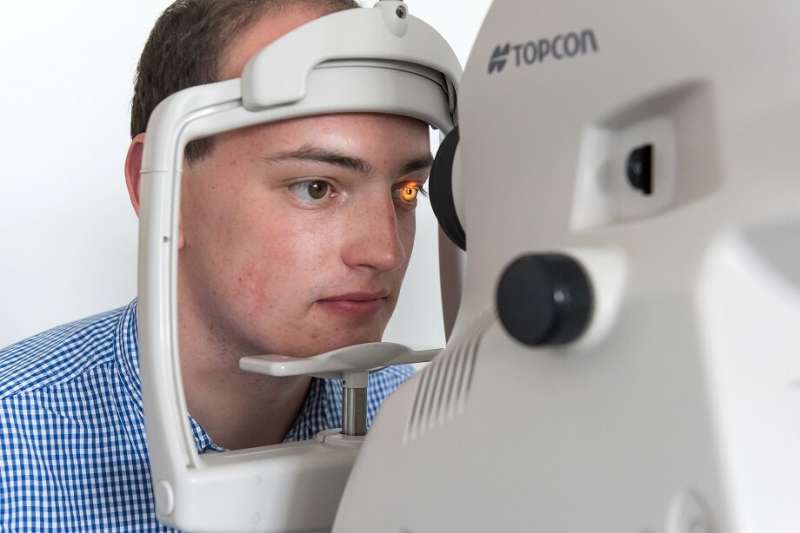Artificial intelligence could prevent sight loss in people with diabetes and save NHS millions

Results from the largest study of artificial intelligence use in the English Diabetic Eye Screening Programme (DESP), have shown that the technology can accurately detect serious eye disease among those with diabetes (retinopathy) and could halve the human workload associated with screening for diabetic eye disease, saving millions of pounds annually. These findings could also pave the way for the technology to be used to reduce the backlog in eye screening appointments following COVID-19 lockdown.
Published in the British Journal of Ophthalmology, the study uses the images from 30,000 patient scans (120,000 images) in the DESP to look for signs of damage using the EyeArt artificial intelligence eye screening technology (Eyenuk, Inc., Los Angeles, U.S.). The results showed that the technology has 95.7% accuracy for detecting damage that would require referral to specialist services, but 100% accuracy for moderate to severe retinopathy or serious disease that could lead to vision loss.
The DESP is set up to screen diabetic patients once a year for signs of damage that could potentially lead to sight loss. The researchers found that the use of the EyeArt machine learning technology could potentially save £0.5 million per 100,000 screening episodes. With more than 2.2 million screening episodes per year, the savings could extend to more than £10 million every year in England alone.
The researchers from St George's, University of London, Moorfields Eye Hospital, UCL, and Homerton University Hospital, Gloucestershire Hospitals and Guy's and St Thomas' NHS Foundation Trusts hope the research will enable systematic changes in the UK national screening programme.
Professor Alicja Rudnicka, senior author on the paper, from St George's, University of London, said: "The national screening programme has been shown to be highly effective at reducing the levels of sight loss due to diabetes. Damage to the eye is easily detectable and we have effective treatments available for those that need it. But there is a very high burden on human graders required to diagnose the thousands of images every day—most of which show no signs of disease and require no further action.
"Our study shows that machine learning technology could safely halve the number of images that need to be assessed by humans, freeing up further funds and resources for the NHS. If this technology is rolled out on a national level, it could immediately reduce the backlog of cases created due to the coronavirus pandemic, potentially saving unnecessary vision loss in the diabetic population."
As well as having potential implications for the screening programme in the UK, these findings could be promising in other countries without a workforce set up to detect the disease. Global cases of diabetes are expected to rise to 629 million by 2045, and the technology could be used to monitor the diabetic population in many countries, referring people to specialist services if they are found to be at risk of sight loss. If the current UK screening protocol were applied worldwide, machine learning technology could be used to grade over 2 billion retinal images globally in 2030, reducing the risk of vision loss on a wider scale.
Professor Adnan Tufail, consultant ophthalmologist from Moorfields Eye Hospital and the Institute of Ophthalmology, UCL, said:
"Most AI software is tested by the developers or companies themselves. What is so important about this pivotal study, is it uses data from across the country, has a large sample size of more than 120,000 images of real-world patients and was run independently.
"We have shown that this validated AI software can reduce the burden of humans needing to grade diabetic eye screening images in the UK massively, by more than 5 million images per year. The technology is incredibly fast, does not miss a single case of severe diabetic retinopathy and could contribute to healthcare system recovery post-COVID".
More information: Peter Heydon et al. Prospective evaluation of an artificial intelligence-enabled algorithm for automated diabetic retinopathy screening of 30 000 patients, British Journal of Ophthalmology (2020). DOI: 10.1136/bjophthalmol-2020-316594


















